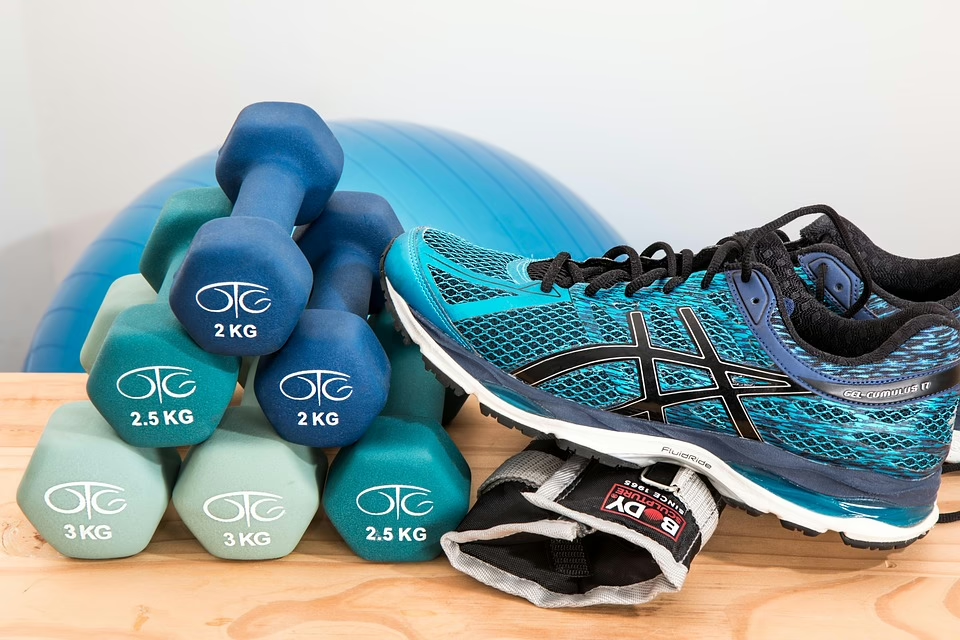Healthy Snacking: Delicious Options to Keep You Energized
In today’s fast-paced world, many people overlook the importance of healthy snacking. The act of snacking has evolved—what was once viewed as a guilty pleasure can now be aligned with health goals when done thoughtfully. This article explores the significance of snacking, outlines various healthy options, and offers tips for maintaining an energized lifestyle through mindful eating.
The Significance of Healthy Snacking
Understanding Snacking
Snacking refers to the consumption of small amounts of food between main meals. While traditional views often associate snacking with unhealthy choices like chips and candies, the modern approach emphasizes nutrient-dense options that can contribute to overall health.
Why Snack?
-
Energy Boost: Healthy snacks can help maintain energy levels throughout the day. They provide a steady source of fuel for the body and brain, especially during mid-afternoon slumps.
-
Nutrient Intake: Snacking offers additional opportunities to consume essential vitamins and minerals, which might be lacking in main meals alone.
-
Weight Management: Contrary to popular belief, snacks can support weight management. Healthy snacking can prevent excessive hunger that leads to overeating during meals.
-
Blood Sugar Regulation: Smart snacking can help stabilize blood sugar levels, which is vital for maintaining energy and mood.
-
Enhanced Focus: Nutrient-rich snacks improve cognitive function, aiding concentration and mental performance.
The Science Behind Healthy Snacking
Research indicates that smart snacking can influence body composition and metabolic rates positively[^1^]. Studies show that individuals who snack on healthy options tend to have better outcomes regarding weight control and overall health. For instance, incorporating whole foods rich in protein and fiber has been linked to reduced cravings and improved satiety[^2^].
Delicious Healthy Snack Options
1. Nuts and Seeds
Nuts and seeds are nutrient powerhouses, packing protein, healthy fats, and fiber. Almonds, walnuts, pumpkin seeds, and chia seeds can be enjoyed raw or lightly roasted.
Why They’re Great:
- Healthy Fats: Rich in monounsaturated and polyunsaturated fats, these snacks are heart-healthy.
- Protein: Essential for muscle repair and growth.
- Minerals: A good source of magnesium, zinc, and vitamin E.
Tip: Portion control is crucial, as these calories can add up quickly. A handful (about 1 ounce) is usually a perfect serving.
2. Greek Yogurt
Greek yogurt is a fantastic snack option, filled with protein and probiotics. It can be eaten plain or topped with fruits, nuts, or honey.
Why It’s Great:
- High Protein: With almost double the protein of regular yogurt, it keeps you feeling full longer.
- Probiotics: Supports gut health and boosts your immune system.
Tip: Opt for plain varieties without added sugars, and sweeten them naturally with fresh fruit.
3. Fresh Fruits and Vegetables
Fruits and vegetables are nature’s snacks. Apples, bananas, carrots, and bell peppers are easy to carry and eat on the go.
Why They’re Great:
- Fiber-Rich: Essential for digestive health and can help regulate appetite.
- Hydration: Many fruits and vegetables have high water content, contributing to hydration.
Tip: Pair veggies with hummus or nut butter for added flavor and nutrition.
4. Whole Grain Snacks
Whole grain snacks such as popcorn, rice cakes, and whole-grain crackers provide complex carbohydrates that release energy slowly.
Why They’re Great:
- Stable Energy: Complex carbs help maintain stable blood sugar levels.
- Fiber: Supports digestive health and increases feelings of fullness.
Tip: Look for products that list whole grains as the first ingredient and watch out for added sugars and preservatives.
5. Nut Butter
Nut butters like almond, peanut, or cashew are not just delicious but also packed with nutrients. They can be enjoyed on whole-grain toast, fruits, or as a dip.
Why They’re Great:
- Healthy Fats: They contain heart-healthy fats that can keep you satiated.
- Versatile: Easy to incorporate into various meals and snacks.
Tip: Choose natural varieties without added sugars or hydrogenated oils.
6. Energy Balls
Energy balls can be homemade using oats, nut butter, seeds, and dried fruits. They are easy to prepare and perfect for on-the-go snacking.
Why They’re Great:
- Customizable: You can tailor them to your taste preferences and nutritional needs.
- Convenient: Easy to pack and carry, making them perfect for busy days.
Tip: Store them in the fridge or freezer for a quick grab-and-go option.
7. Dark Chocolate
Contrary to popular belief, dark chocolate can be a healthy snack if chosen wisely. Look for chocolate with at least 70% cocoa content.
Why It’s Great:
- Antioxidants: Rich in flavonoids, which have various health benefits, including improved heart health.
- Mood Booster: Can help reduce stress and improve mood levels.
Tip: Enjoy in moderation—around 1 ounce per day is generally considered a healthy portion.
8. Homemade Trail Mix
You can create your own trail mix by combining nuts, seeds, dried fruits, and even a bit of dark chocolate. This mixture can be tailored to your tastes.
Why It’s Great:
- Balanced Snack: Offers a mixture of protein, healthy fats, and carbs.
- Portable: An excellent option for hiking or extended periods away from home.
Tip: Watch the portion sizes, as trail mix is calorie-dense.
Tips for Healthy Snacking
1. Plan Ahead
Being proactive can significantly improve your snacking choices. Preparing snacks in advance may prevent reaching for junk food when hunger strikes.
- Snack Packs: Create snack packs of mixed nuts, fruits, or yogurt to have on hand.
- Meal Prep: Allocate time during the week for prepping healthy snacks, making them readily available.
2. Stay Hydrated
Sometimes hunger can be confused with thirst. Ensure you’re drinking plenty of water throughout the day.
3. Listen to Your Body
Practice mindfulness by paying attention to your body’s hunger cues. Snack when you’re truly hungry, not just out of boredom.
4. Balance Your Macros
Aim for a balance of protein, carbohydrates, and fats in your snacks to keep you full and energized.
5. Don’t Forget About Texture
Texture plays a significant role in satiety and enjoyment. Mix crunchy snacks (like nuts) with softer options (like yogurt) to enhance the snacking experience.
Conclusion
Incorporating healthy snacks into your daily routine is not just beneficial but also enjoyable. Be it creamy Greek yogurt, crunchy nuts, or delicious energy balls, there are ample options available to keep you energized throughout your day. By choosing nutrient-dense snacks and being mindful of portion sizes, you can dramatically improve your diet and well-being.
With the right approach, snacking becomes an ally in achieving your health goals, rather than a hurdle. So, next time hunger strikes between meals, grab a healthy snack and keep the energy flowing!
[^1^]: Academy of Nutrition and Dietetics. (2021). The Role of Snacks in a Healthy Diet.
[^2^]: American Journal of Clinical Nutrition. (2020). Snacking and diet quality: A narrative review.


























Add Comment